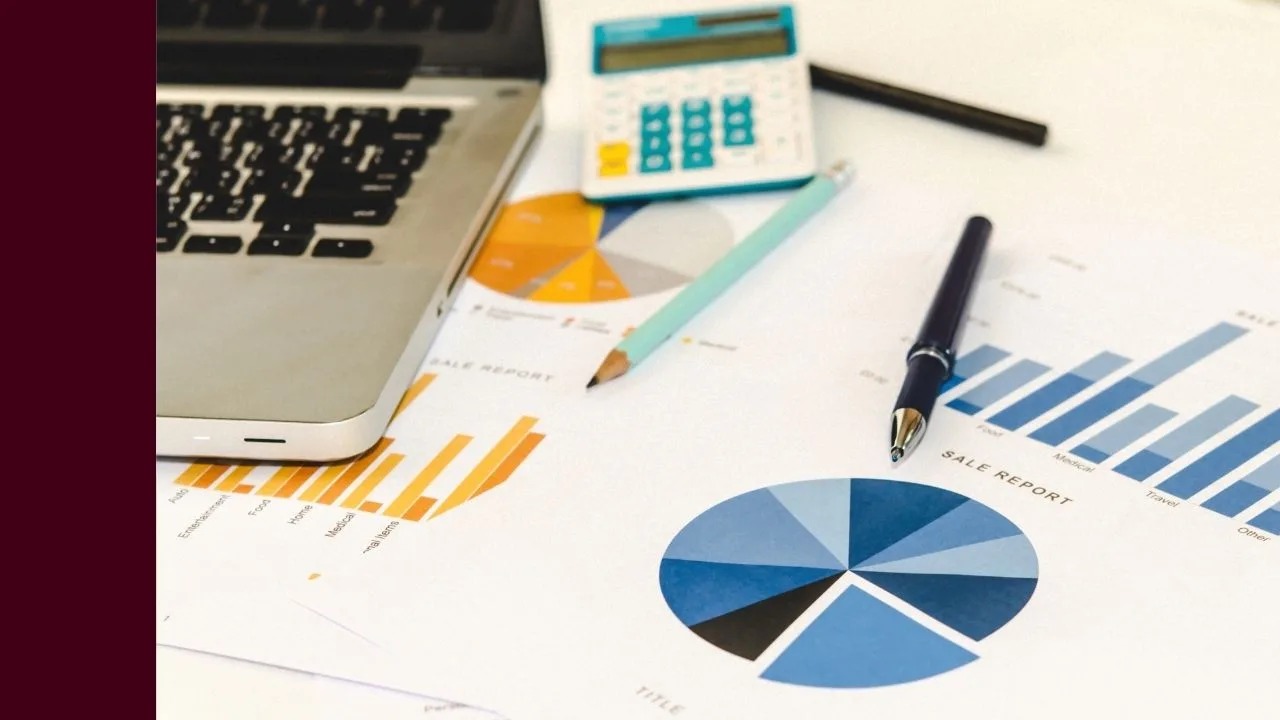PLS share price in focus
Pilbara Minerals is a leading ASX-listed lithium company, owning 100% of the world’s largest, independent hard-rock lithium operation, Pilgangoora, which it acquired in 2014.
Pilbara’s primary business is to find, process, and sell spodumene concentrate (basically rocks with lithium in them). It sells its concentrate through “offtake” agreements and spot sales on the Battery Material Exchange (BMX) platform. A good example of an offtake partner is Great Wall (the Chinese car company) or POSCO, a South Korean steelmaker.
Demand for lithium has grown steadily in recent years on the back of developments in electric vehicles and renewable energy technology. Some investors would call Pilbara a ‘pure play’ investment in demand for green tech given their direct involvement with lithium. However, as a commodities producer, its revenue is still at the mercy of (sometimes dramatic) fluctuations in the price of spodumene in the global market.
The key metrics
If you’ve ever tried to read a company’s income statement on the annual report, you’ll know it can get pretty complex. While there are any number of figures you could pull from this statement, three key ones are revenue, gross margin, and profit.
Revenue is important for obvious reasons – everything starts here. If you can’t generate revenue, you can’t generate profit. What we’re concerned about is not so much the absolute number, but the trend. PLS last reported an annual revenue of $1,254m with a compound annual growth rate (CAGR) over the last 3 years of 92.5% per year.
Moving down the income statement, we then get to gross margin. The gross margin tells us how profitable the core products/services are – before you take into account all the overhead costs, how much money does the company make from selling $100 worth of goods or services? PLS’s latest reported gross margin was 42.2%.
Finally, we get to profit, arguably the most important figure. Last financial year Pilbara Minerals Ltd reported a profit of $257m. That compares to 3 years ago when they made a loss of -$51m, so it’s positive to see how profits have recovered.
Financial health of PLS shares
The next thing we need to consider is the capital ‘health’ of the company. What we’re trying to assess here is whether they’re generating a reasonable return on their equity (the total shareholder value) and have a decent safety buffer. One measure we can look at is net debt. This is simply the total debt minus the company’s cash holdings. In the case of PLS, the current net debt sits at -$1,071m.
A high number here means that a company has a lot of debt which potentially means higher interest payments, greater instability, and higher sensitivity to interest rates. A negative value on the other hand indicates the company has more cash than debt (a useful safety buffer).
However, arguably more important is the debt/equity percentage. This tells us how much debt the company has relative to shareholder ownership. In other words, how leveraged is the company? PLS has a debt/equity ratio of 17.1%, which means they have more equity than debt.
Finally, we can look at the return on equity (ROE). The ROE tells us how much profit a company is generating as a percentage of its total equity – high numbers indicate the company is allocating capital well and generating value, while a low number suggests the profits might offer more value if they were paid to shareholders as a dividend. PLS generated an ROE of 7.7% in FY24.
What to make of PLS shares?
With strong revenue growth over the last 3 years and profits trending upwards, the PLS share price could be one to add to your ASX share price watchlist. However, take note of the low return on equity. Have a look at other companies in the same industry to get a sense of whether an ROE like this is normal for the industry, or a red flag to be wary of.
Please keep in mind this should only be the beginning of your research. It’s important to get a good grasp of the company’s financials and compare it to its peers. It’s also important to make sure the company is priced fairly. To learn more about share price valuation, you can sign up for one of our many free online investing courses.






